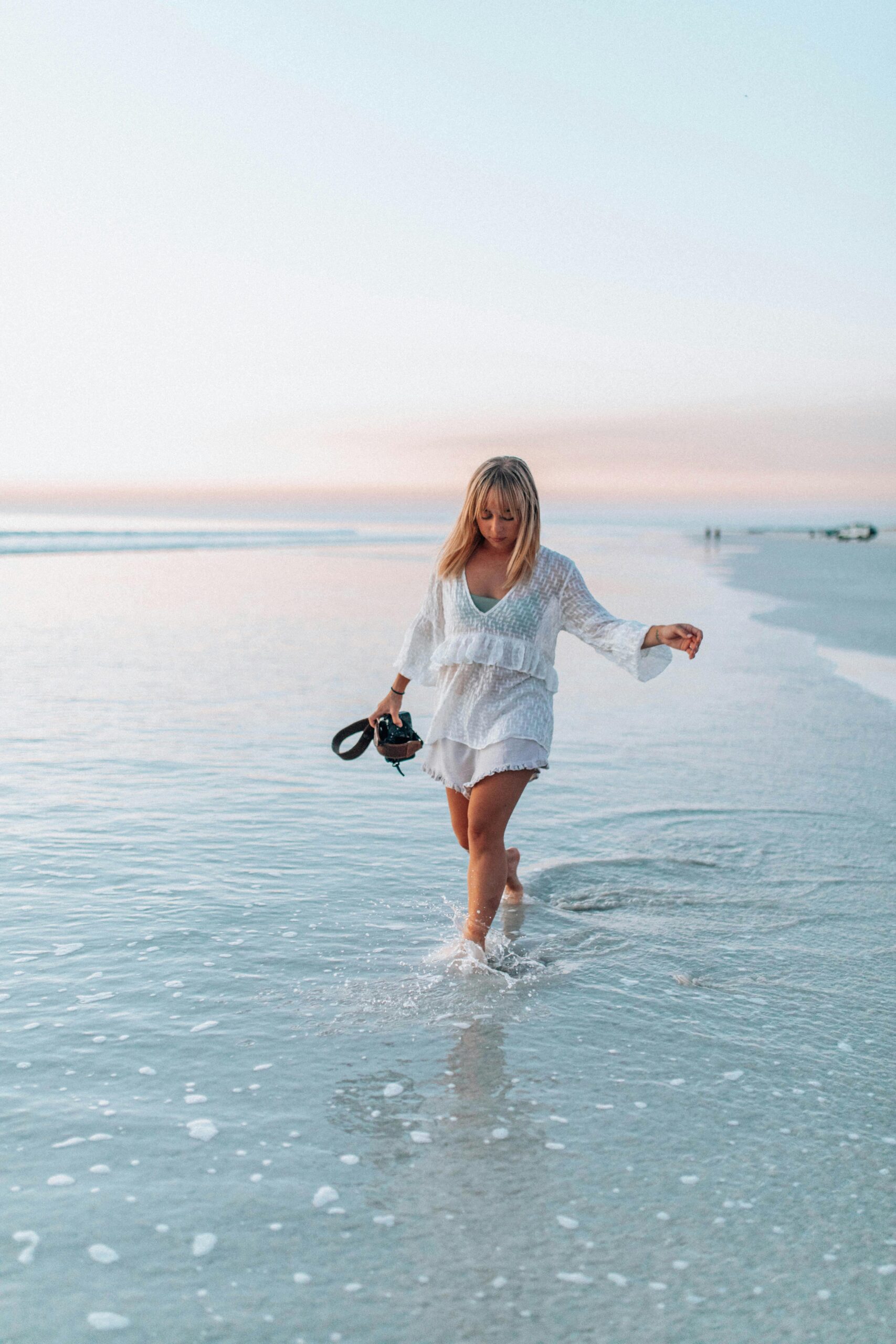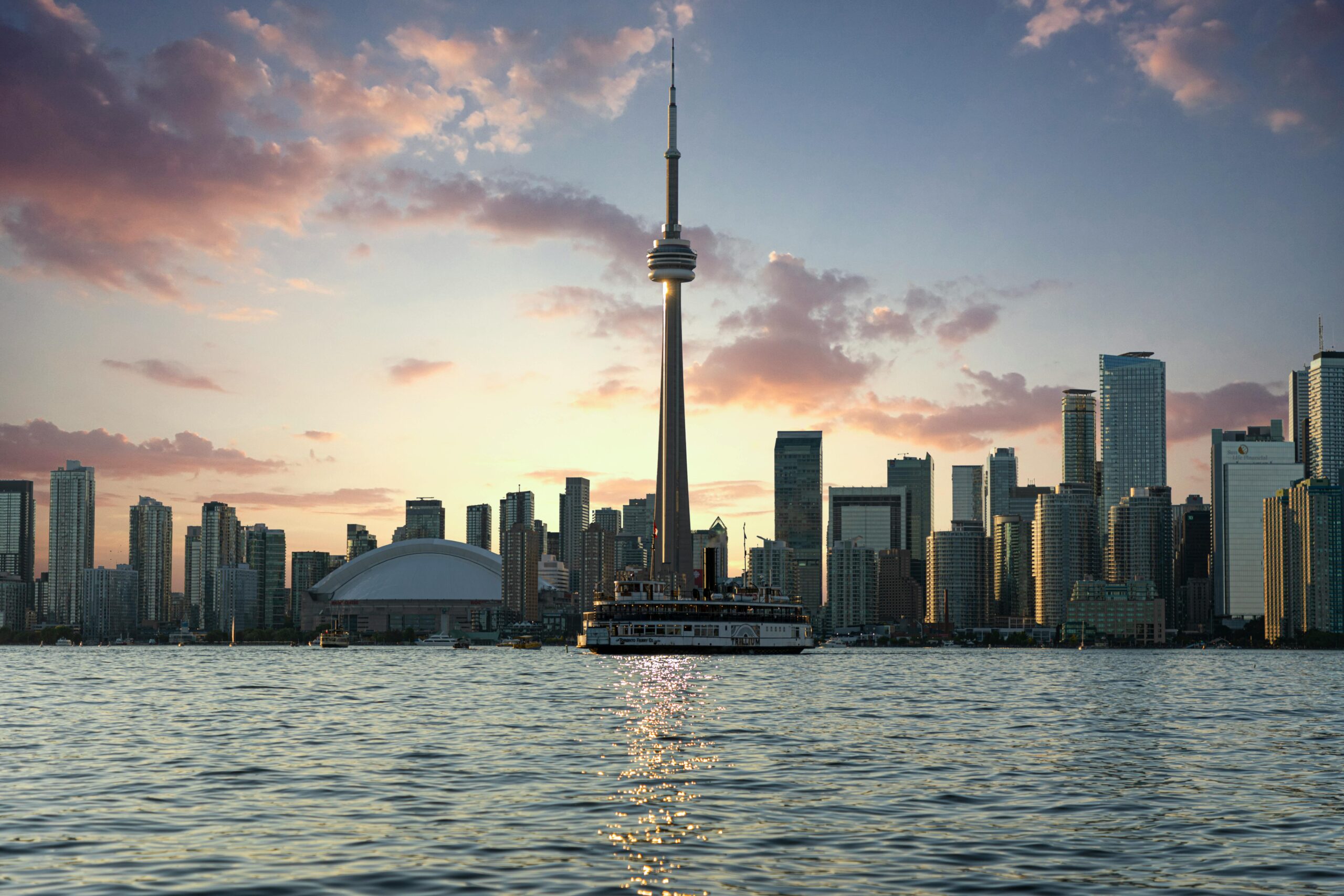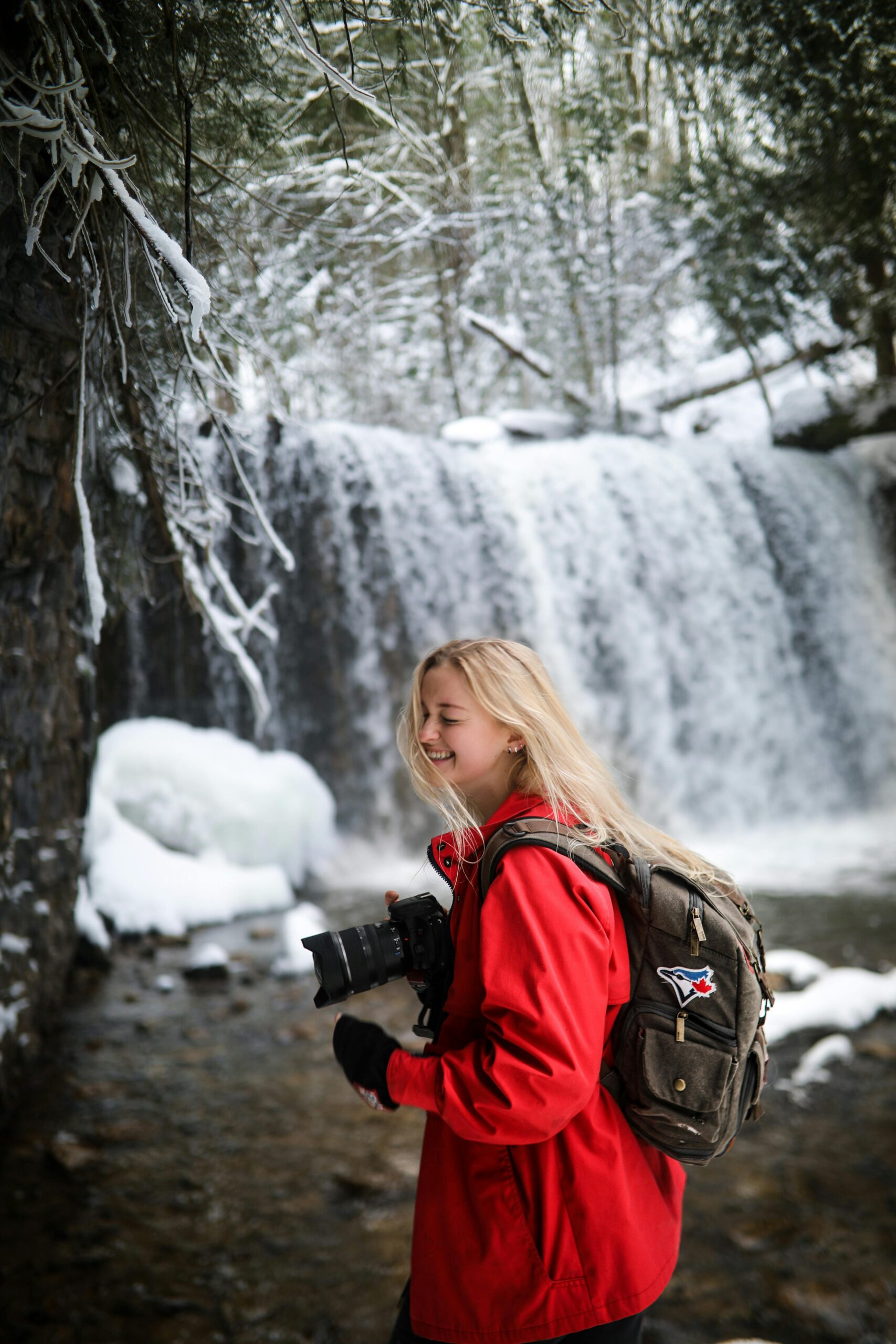Canada’s diverse ecosystems support an incredible array of wildlife, from polar bears in the Arctic to mountain goats in the Rockies, and from Atlantic puffins to prairie wolves. This biodiversity creates exceptional wildlife photography opportunities, but with these opportunities comes the responsibility to photograph ethically and sustainably.
This comprehensive guide covers ethical wildlife photography practices, species-specific techniques, legal requirements, and conservation-focused approaches that ensure both photographer safety and animal welfare. Whether you’re photographing urban wildlife in Toronto or tracking caribou in the Northwest Territories, understanding ethical practices is essential for responsible wildlife photography in Canada.
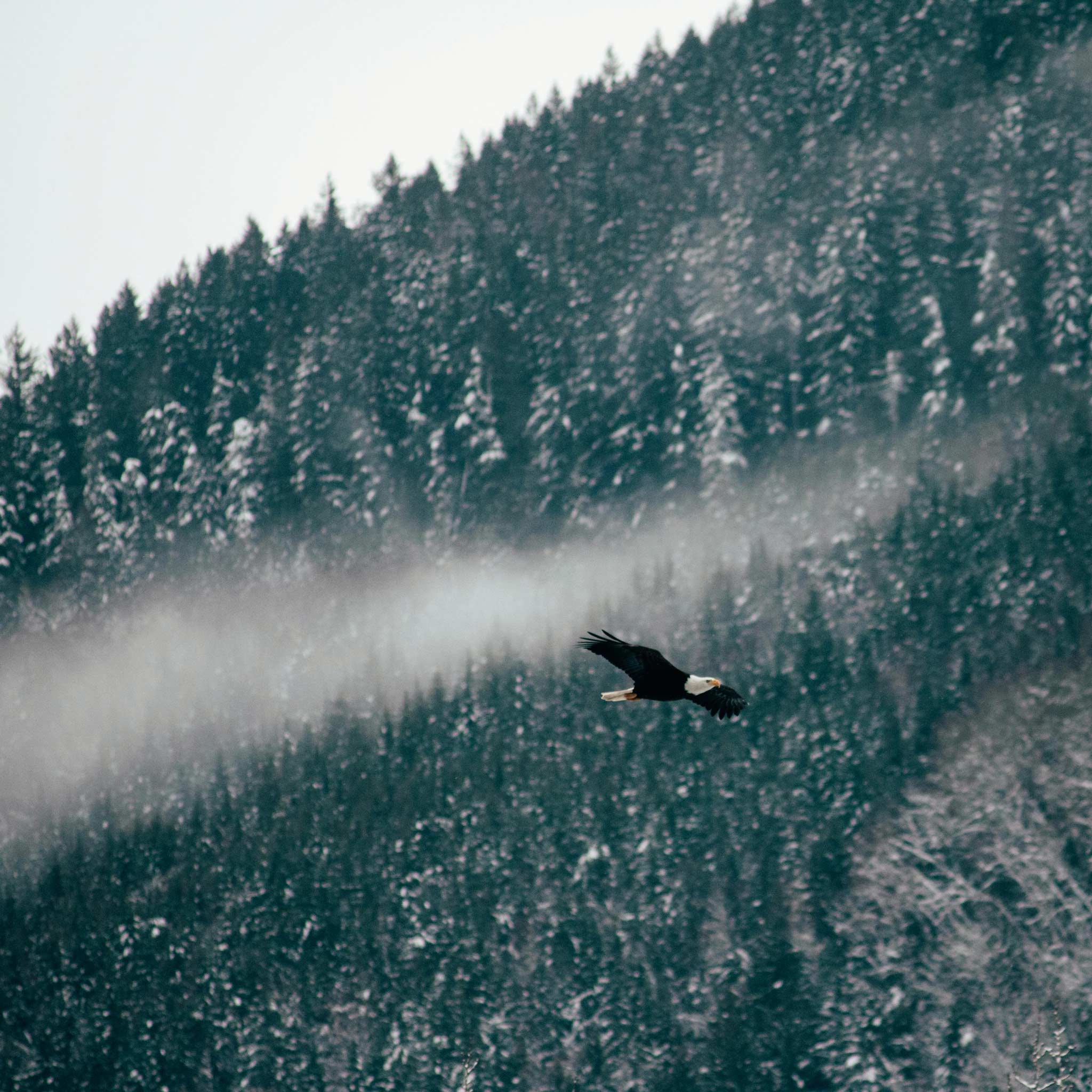
Fundamental Ethics of Wildlife Photography
The Golden Rule: Animal Welfare First The most important principle in wildlife photography is that the welfare of the animal always takes precedence over getting the photograph. This means:
- Never disturb nesting, denning, or roosting animals
- Maintain safe distances that don’t cause stress or behavioral changes
- Avoid flash photography that might disorient or frighten wildlife
- Don’t use food or calls to manipulate animal behavior
- Respect seasonal sensitivities like breeding, migration, and winter survival
Understanding Stress Indicators Learning to recognize stress signals helps photographers maintain ethical distances:
Common Stress Behaviors:
- Alert posturing: Head raised, ears forward, body tense
- Displacement activities: Excessive grooming, pacing, or feeding
- Vocalization changes: Alarm calls, distress sounds
- Movement patterns: Backing away, seeking escape routes
- Aggressive displays: Defensive posturing, warning behaviors
Species-Specific Considerations Different animals have varying tolerance levels and stress responses:
- Large mammals: Often tolerate greater distances but can be dangerous when stressed
- Birds: Generally more sensitive to approach, especially during nesting
- Marine mammals: Harassment regulations are strictly enforced
- Predators: May abandon hunting or territorial behaviors when disturbed

Legal Framework for Wildlife Photography in Canada
Federal Wildlife Legislation Several federal laws govern wildlife photography activities:
Species at Risk Act (SARA):
- Prohibits harassment of endangered and threatened species
- Requires permits for photography of listed species in some circumstances
- Severe penalties for violations ($1 million fines, imprisonment possible)
Migratory Birds Convention Act:
- Protects all migratory bird species and their nests
- Prohibits approaching nests without proper permits
- Special restrictions during breeding seasons
- Specific regulations for wildlife photography in national parks
- Minimum distance requirements vary by species and park
- Commercial photography requires permits and fees
Provincial and Territorial Regulations Each province has additional wildlife protection laws:
Ontario:
- Fish and Wildlife Conservation Act: Prohibits harassment of wildlife
- Provincial Parks Act: Additional restrictions in protected areas
British Columbia:
- Wildlife Act: Comprehensive wildlife protection legislation
- Marine mammal viewing guidelines: Specific distances and approach restrictions
Alberta:
- Wildlife Act: Protection for all native species
- Provincial Parks Act: Additional restrictions in protected areas

Minimum Distance Guidelines Canadian parks and wildlife agencies recommend specific distances:
National Park Service Guidelines:
- Bears: 100 meters minimum distance
- Elk, deer, moose: 30 meters minimum
- Mountain goats, bighorn sheep: 30 meters minimum
- Small mammals and birds: 25 meters minimum
- Marine mammals: 100-200 meters depending on species
Species-Specific Photography Techniques
Bear Photography Canada’s three bear species require specialized approaches:
Black Bears:
- Best locations: Algonquin Provincial Park, Great Bear Rainforest, Whistler area
- Optimal timing: Late summer/early fall during salmon runs and berry season
- Technical approach: Long telephoto lenses (400mm+), fast shutter speeds
- Safety considerations: Never approach directly, understand escape routes, carry bear spray
Grizzly Bears:
- Prime locations: Banff, Jasper, Knight Inlet, Great Bear Rainforest
- Peak activity: Salmon spawning season (August-October)
- Photography ethics: Use professional guides, maintain 100m+ distance
- Equipment needs: Super-telephoto lenses, tripod support, weather protection
Polar Bears:
- Churchill, Manitoba: World’s most accessible polar bear photography
- Seasonal timing: October-November for best opportunities
- Specialized tours: Tundra vehicles required for safe viewing
- Extreme conditions: Cold weather gear essential, battery management critical
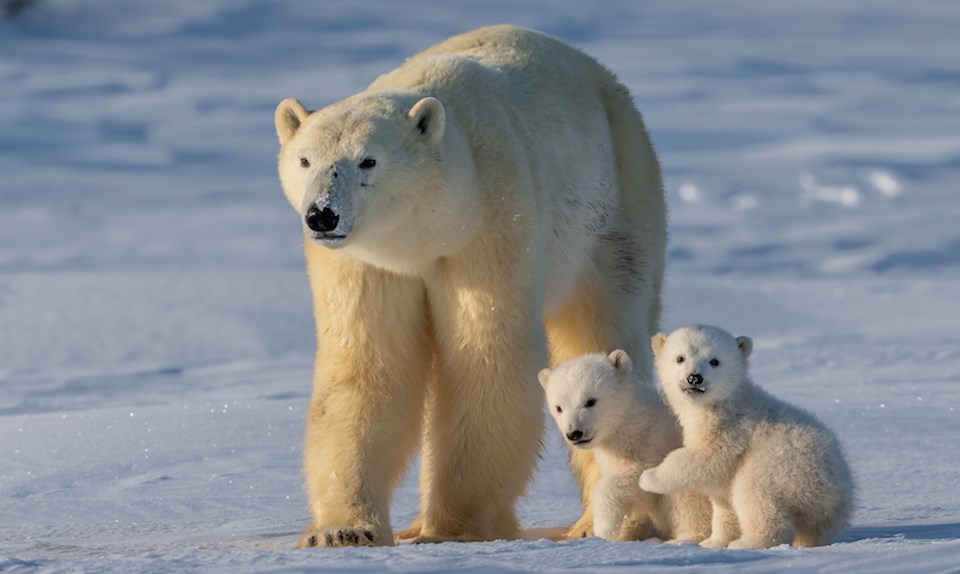
Bird Photography Techniques Canada’s diverse avian species require varied approaches:
Waterfowl Photography:
- Location selection: Migration corridors, breeding areas, wintering grounds
- Camouflage techniques: Floating blinds, portable hides, natural cover
- Equipment needs: Long telephoto lenses, image stabilization
- Timing considerations: Early morning and late afternoon for best light and activity
Seabird Colonies:
- Atlantic puffins: Machias Seal Island, Witless Bay Ecological Reserve
- Gannets: Bonaventure Island, Cape St. Mary’s
- Ethical approach: Designated viewing areas only, no nest disturbance
- Technical challenges: Wind exposure, salt spray protection
Raptors and Birds of Prey:
- Migration hotspots: Hawk Mountain, Point Pelee, Tadoussac
- Nesting photography: Requires extreme caution and often permits
- Equipment requirements: Super-telephoto lenses, excellent autofocus systems
- Behavioral understanding: Hunting patterns, territorial behaviors
Marine Mammal Photography Canada’s extensive coastlines offer diverse marine photography:
Whale Watching Ethics:
- Minimum distances: 100m for most species, 200m for endangered species
- Approach restrictions: Never approach head-on or from behind
- Engine protocols: Reduce speed, avoid sudden direction changes
- Licensed operators: Use reputable whale watching companies
West Coast Opportunities:
- Orcas: Resident and transient populations in BC waters
- Humpback whales: Summer feeding in British Columbia and Atlantic Canada
- Gray whales: Pacific migration route, best viewing March-May
East Coast Species:
- North Atlantic right whales: Critically endangered, strict viewing restrictions
- Minke whales: Common in Maritime waters, approachable with caution
- Seals and sea lions: Hauling out sites, breeding colonies
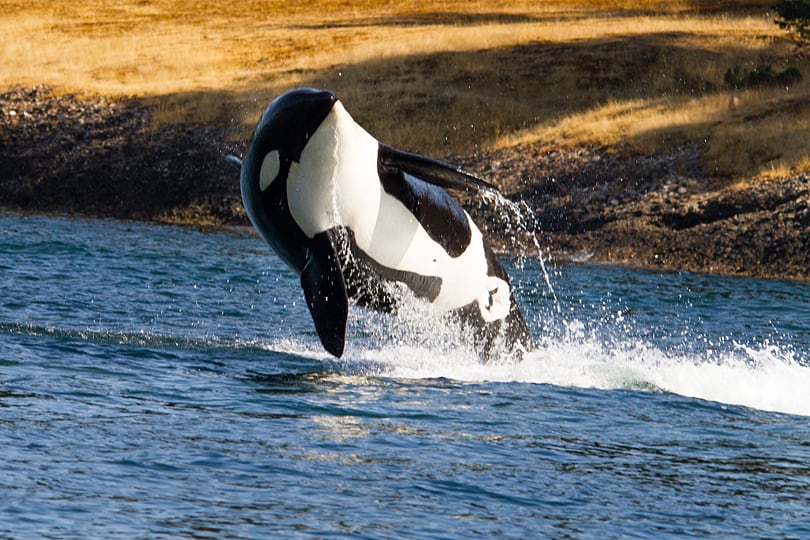
Ungulate Photography Canada’s hoofed mammals provide excellent photography opportunities:
Elk and Deer:
- Rutting season: September-October provides dramatic behavior
- Safety considerations: Bulls can be aggressive during breeding season
- Best locations: Banff, Jasper, Algonquin, Point Pelee
- Technical approach: Medium telephoto lenses, fast autofocus
Moose Photography:
- Habitat preferences: Wetlands, young forests, lake edges
- Seasonal behavior: Rutting season (September-October) most active
- Safety warnings: Extremely dangerous during rutting, with calves
- Photography ethics: Maintain 30m minimum distance, never approach on foot
Mountain Species:
- Bighorn sheep: Rocky Mountain parks, specialized cliff habitats
- Mountain goats: High alpine areas, require hiking access
- Caribou: Northern populations, migration photography opportunities
- Access challenges: Remote locations, physical fitness requirements
Seasonal Photography Strategies
Spring Wildlife Photography (March-May) Spring offers unique opportunities as animals emerge from winter survival mode:
Migration Photography:
- Bird migration corridors: Point Pelee, Long Point, Prince Edward Point
- Timing considerations: Weather-dependent, can vary by weeks
- Equipment needs: Variable weather protection, versatile lens selection
- Ethical considerations: Exhausted migrants need minimal disturbance
Breeding Season Preparations:
- Increased territorial behavior: Animals may be more aggressive
- Nest site selection: Critical period requiring minimal disturbance
- Courtship displays: Excellent behavioral photography opportunities
- Legal restrictions: Many species protected during breeding season
Summer Wildlife Photography (June-August) Peak season for wildlife activity and photographer access:
Young Animal Photography:
- Ethical imperatives: Never separate young from parents
- Safety considerations: Parents extremely protective of offspring
- Legal restrictions: Additional protections for young animals
- Photographic opportunities: Learning behaviors, family interactions
Extended Daylight:
- Northern regions: Nearly 24-hour daylight enables flexible timing
- Activity patterns: Animals may be active during traditionally quiet periods
- Heat considerations: Wildlife seeks shade and water during hot periods
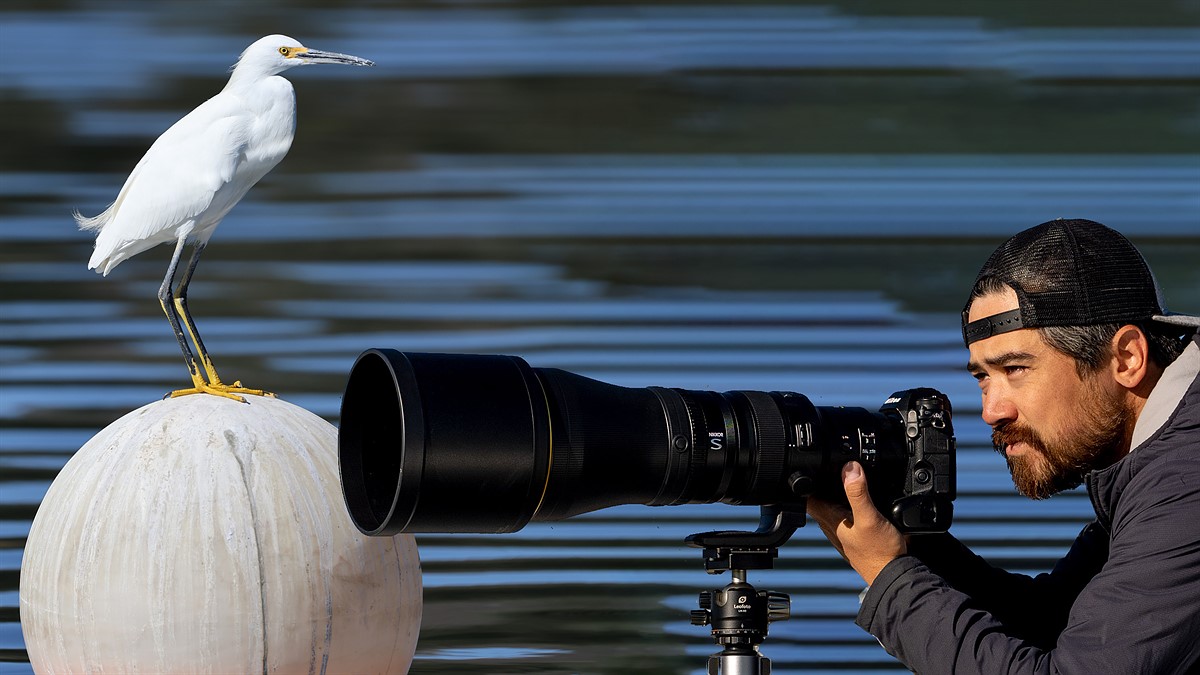
Fall Wildlife Photography (September-November) Often the most productive season for wildlife photography:
Rutting Season:
- Spectacular behaviors: Fighting, calling, displaying
- Increased danger: Males aggressive and unpredictable
- Photography opportunities: Action sequences, behavioral documentation
- Safety protocols: Maintain extra distance, understand escape routes
Migration Preparation:
- Feeding intensification: Animals building fat reserves for winter
- Gathering behaviors: Staging areas for migratory species
- Habitat concentration: Predictable locations for photography
Winter Wildlife Photography (December-February) Challenging but rewarding season:
Survival Behaviors:
- Energy conservation: Animals minimize unnecessary movement
- Feeding urgency: Concentrated feeding efforts
- Shelter seeking: Predictable locations for finding wildlife
- Cold weather ethics: Don’t force animals to expend precious energy
Arctic Species:
- Polar bears: Peak viewing season in Churchill
- Arctic foxes: Winter coat photography opportunities
- Snowy owls: Irruptive species appearing in southern regions
- Technical challenges: Extreme cold, battery management, equipment protection
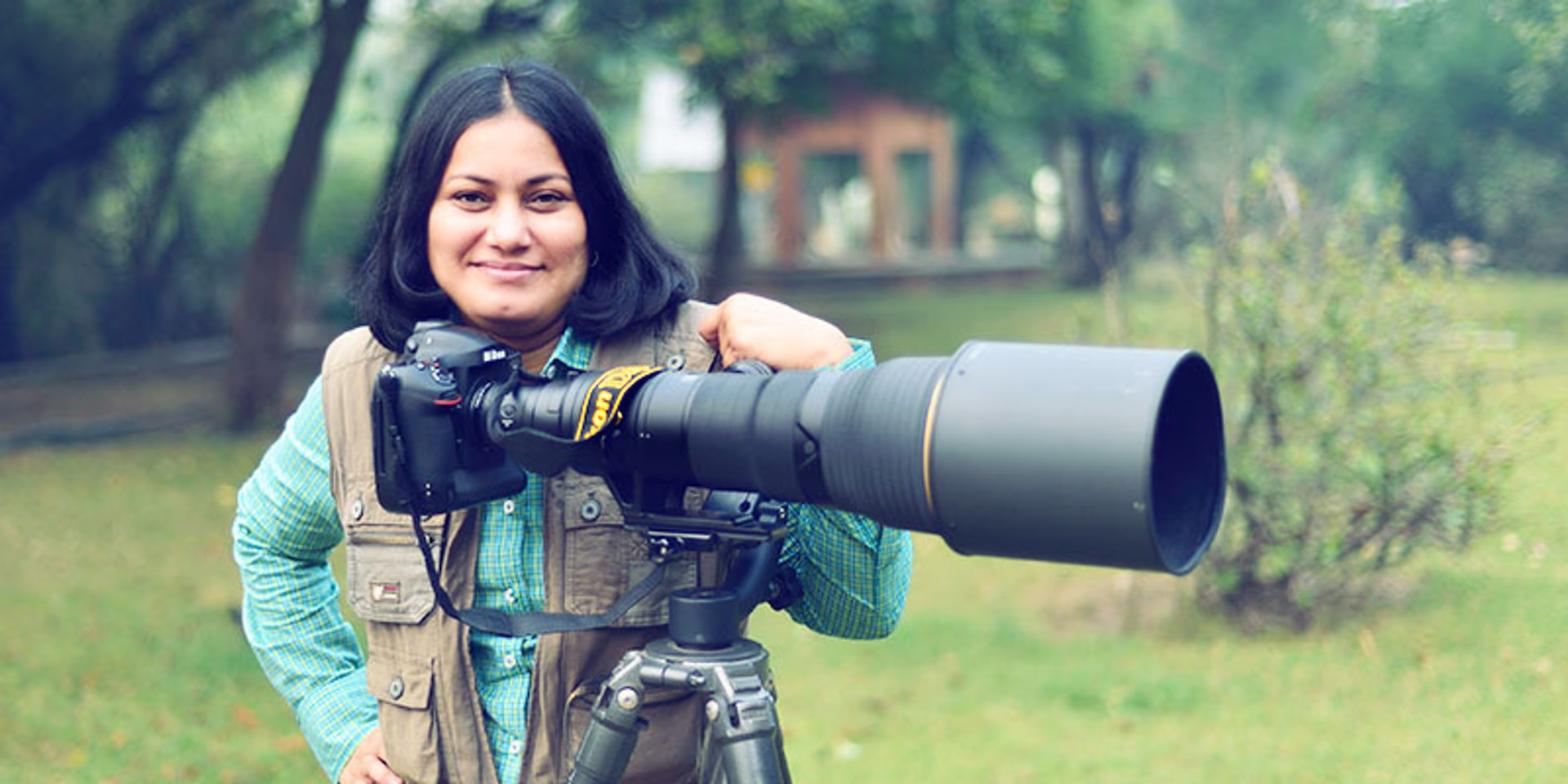
Equipment Considerations for Wildlife Photography
Camera and Lens Selection Wildlife photography demands specific equipment characteristics:
Camera Requirements:
- Fast autofocus: Crucial for moving subjects
- High ISO performance: Early morning, late evening, forest conditions
- Weather sealing: Protection from elements essential
- Silent modes: Reduce disturbance to sensitive species
Lens Recommendations:
- 100-400mm zoom: Versatile option for various subjects and distances
- 500mm+ telephoto: Essential for maintaining ethical distances
- Wide-angle options: Environmental portraits, habitat documentation
- Macro capabilities: Small species, detail photography
Support Equipment:
- Sturdy tripod: Essential for long telephoto lenses
- Gimbal heads: Smooth tracking of moving subjects
- Bean bags: Vehicle-based photography support
- Camouflage gear: Blinds, camouflage clothing, natural concealment
Field Accessories:
- Weather protection: Rain covers, lens cloths, moisture control
- Extra batteries: Cold weather drains power quickly
- Memory cards: High-capacity, fast-write speeds for burst shooting
- Field guides: Species identification, behavior understanding
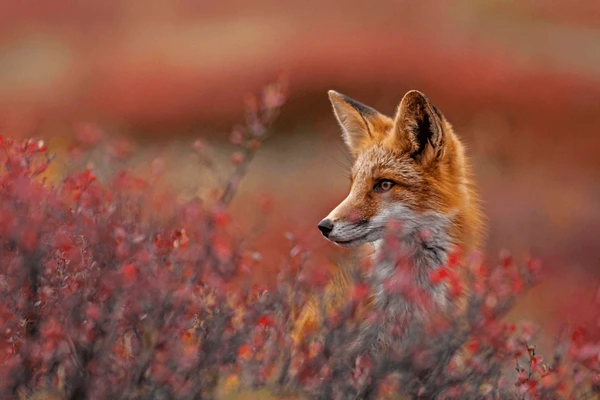
Fieldcraft and Approach Techniques
Understanding Animal Behavior Successful wildlife photography requires deep behavioral knowledge:
Daily Activity Patterns:
- Crepuscular species: Most active dawn and dusk
- Diurnal animals: Daytime activity, often with midday rest
- Nocturnal species: Night active, require specialized techniques
- Weather influences: How conditions affect behavior patterns
Seasonal Behavior Changes:
- Breeding season: Territorial, aggressive, or display behaviors
- Migration periods: Predictable timing and routes
- Winter adaptations: Energy conservation, habitat changes
- Feeding cycles: Seasonal food source availability
Camouflage and Concealment Effective hiding techniques minimize animal disturbance:
Natural Concealment:
- Existing vegetation: Use available cover effectively
- Terrain features: Rocks, hills, natural blinds
- Vehicle blinds: Cars as mobile photography blinds
- Patience techniques: Remaining motionless for extended periods
Artificial Blinds:
- Pop-up blinds: Portable, quick setup concealment
- Camouflage netting: Lightweight, versatile coverage
- Photography vests: Built-in concealment, equipment storage
- Ghillie suits: Ultimate camouflage for specialized situations

Photography Techniques and Settings
Camera Settings for Wildlife Technical settings optimized for animal subjects:
Autofocus Configuration:
- Single-point AF: Precise focus control for stationary subjects
- Zone AF: Multiple points for unpredictable movement
- Continuous AF: Tracking moving subjects
- Back-button focus: Separates focus from shutter release
Exposure Considerations:
- Shutter priority mode: Control motion blur vs. freeze action
- High ISO capability: Maintain fast shutter speeds in low light
- Exposure compensation: Adjust for dark animals against bright backgrounds
- Histogram monitoring: Ensure proper exposure without chimping
Composition Techniques:
- Eye contact: Sharp eyes create connection with viewers
- Rule of thirds: Place subjects strategically in frame
- Environmental context: Show habitat and behavior
- Action anticipation: Pre-focus on predicted locations
Behavioral Photography:
- Patience requirements: Wait for natural behaviors
- Sequence shooting: Document complete behavioral events
- Timing skills: Anticipate peak action moments
- Story telling: Create images that communicate animal stories
Conservation Through Photography
Wildlife Photography as Conservation Tool Ethical wildlife photography serves conservation purposes:
Education and Awareness:
- Species documentation: Recording biodiversity and behaviors
- Habitat protection: Showing ecosystem relationships
- Threat awareness: Documenting environmental challenges
- Success stories: Highlighting conservation achievements
Citizen Science Contributions:
- Species distribution: Photography helps track ranges
- Behavioral documentation: Recording rare or unusual behaviors
- Population monitoring: Contributing to scientific databases
- Climate change impacts: Documenting shifting patterns
Supporting Conservation Organizations:
- Image donations: Providing photos for conservation messaging
- Fundraising support: Auction prints for conservation funds
- Educational programs: Speaking at schools and organizations
- Volunteer photography: Documenting rescue and rehabilitation efforts
Working with Indigenous Communities
Respectful Collaboration Many of Canada’s best wildlife areas are on traditional Indigenous territories:
Cultural Protocols:
- Permission seeking: Contact communities before photographing on traditional lands
- Cultural sensitivity: Understand spiritual connections to wildlife
- Benefit sharing: Ensure photography benefits local communities
- Traditional knowledge: Learn from Indigenous wildlife expertise
Collaborative Opportunities:
- Guided experiences: Support Indigenous-led tourism
- Educational exchange: Learn traditional ecological knowledge
- Conservation partnerships: Support Indigenous conservation initiatives
- Cultural documentation: Respectfully photograph traditional practices
Climate Change and Wildlife Photography
Documenting Environmental Change Wildlife photography increasingly documents climate impacts:
Changing Distributions:
- Range shifts: Species moving to new territories
- Phenology changes: Altered timing of life events
- Habitat modifications: Ecosystem changes affecting wildlife
- Adaptation documentation: How species respond to change
Arctic Documentation:
- Sea ice changes: Polar bear habitat modification
- Permafrost impacts: Affecting terrestrial species
- Vegetation shifts: Tundra changes affecting grazing species
- Weather extremes: Documenting unusual weather impacts
Safety Considerations
Personal Safety in Wildlife Photography Wildlife photography can involve significant risks:
Dangerous Species Protocols:
- Bear safety: Proper food storage, bear spray, group protocols
- Large ungulates: Understanding aggressive behaviors, escape routes
- Venomous species: Snake awareness, first aid preparation
- Marine dangers: Tide awareness, hypothermia prevention
Remote Location Safety:
- Communication plans: Satellite communicators, check-in schedules
- Emergency preparedness: First aid, survival equipment
- Weather monitoring: Changing conditions, evacuation plans
- Group protocols: Never photograph dangerous species alone
Equipment Safety:
- Weather protection: Preventing equipment damage and loss
- Theft prevention: Securing valuable equipment
- Insurance considerations: Coverage for remote location use
- Backup equipment: Redundancy for critical shoots
Post-Processing Ethics
Ethical Image Processing Digital manipulation raises ethical questions in wildlife photography:
Acceptable Enhancements:
- Basic adjustments: Exposure, contrast, color balance
- Noise reduction: Technical quality improvements
- Sharpening: Enhancing natural detail
- Cropping: Composition improvement, ethical distance maintenance
Unethical Manipulations:
- Adding or removing animals: Misrepresenting reality
- Background replacement: Changing natural context
- Behavior modification: Altering natural expressions or postures
- Composite images: Combining separate photographs deceptively
Disclosure Requirements:
- Captive animals: Always disclose non-wild subjects
- Baiting or calling: Reveal when animals were attracted
- Digital manipulation: Honest about processing extent
- Location information: Balance sharing with conservation needs



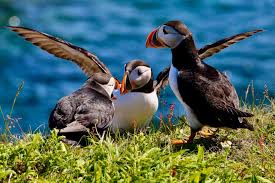


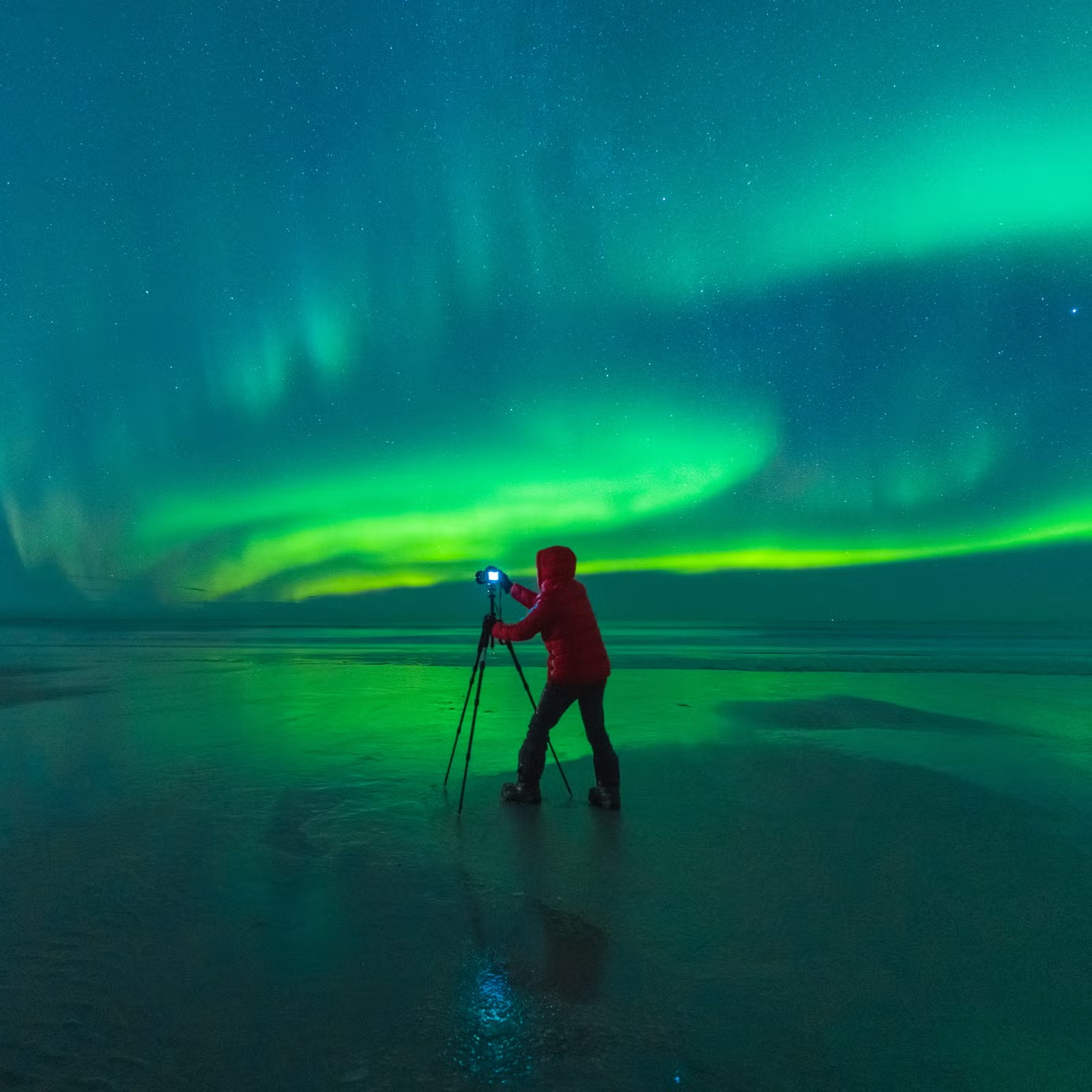

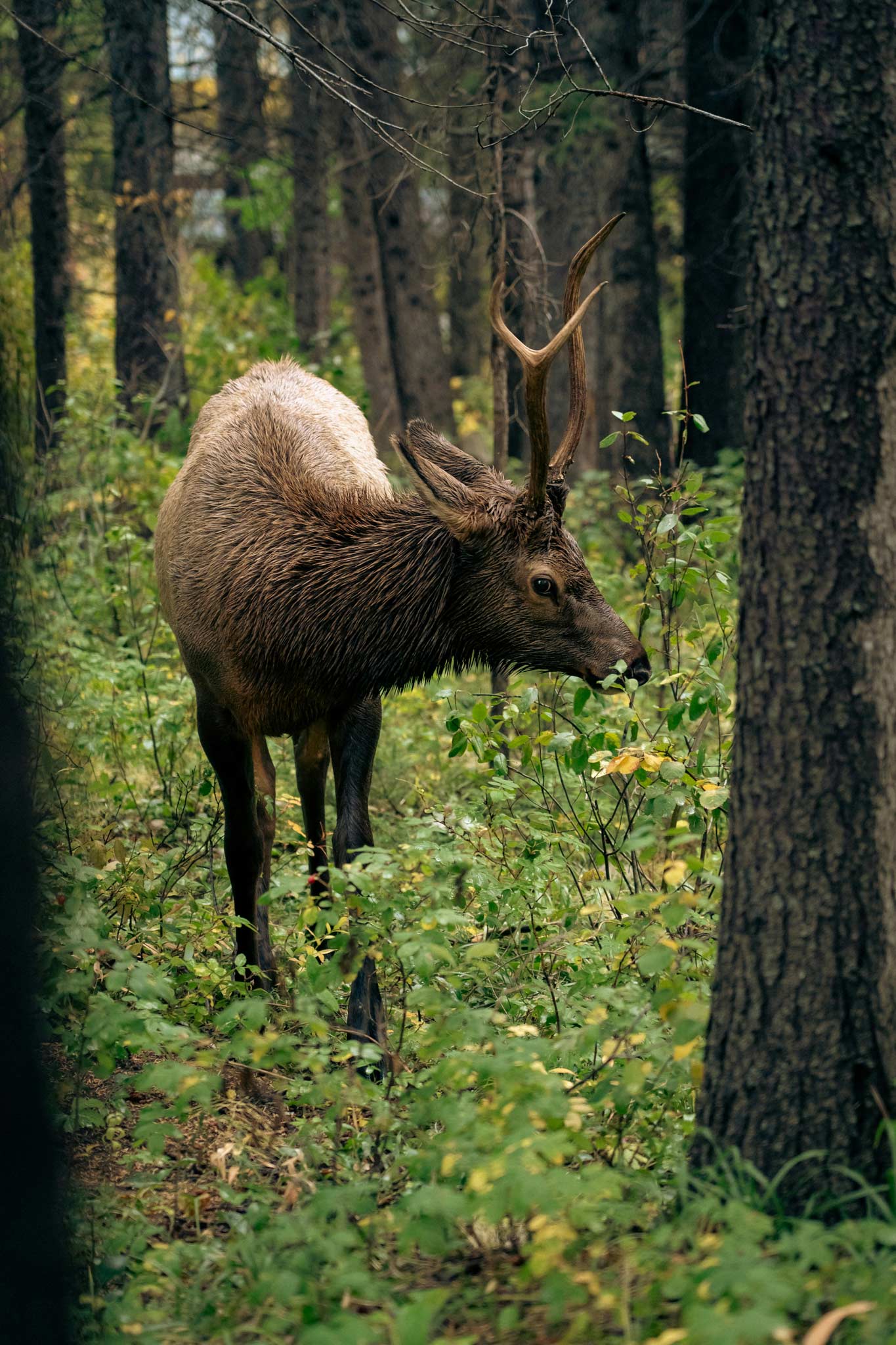

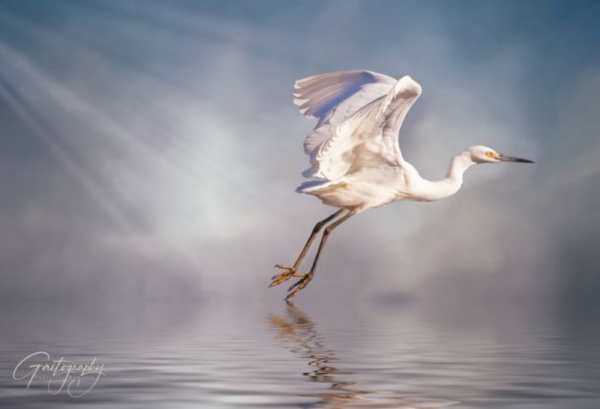
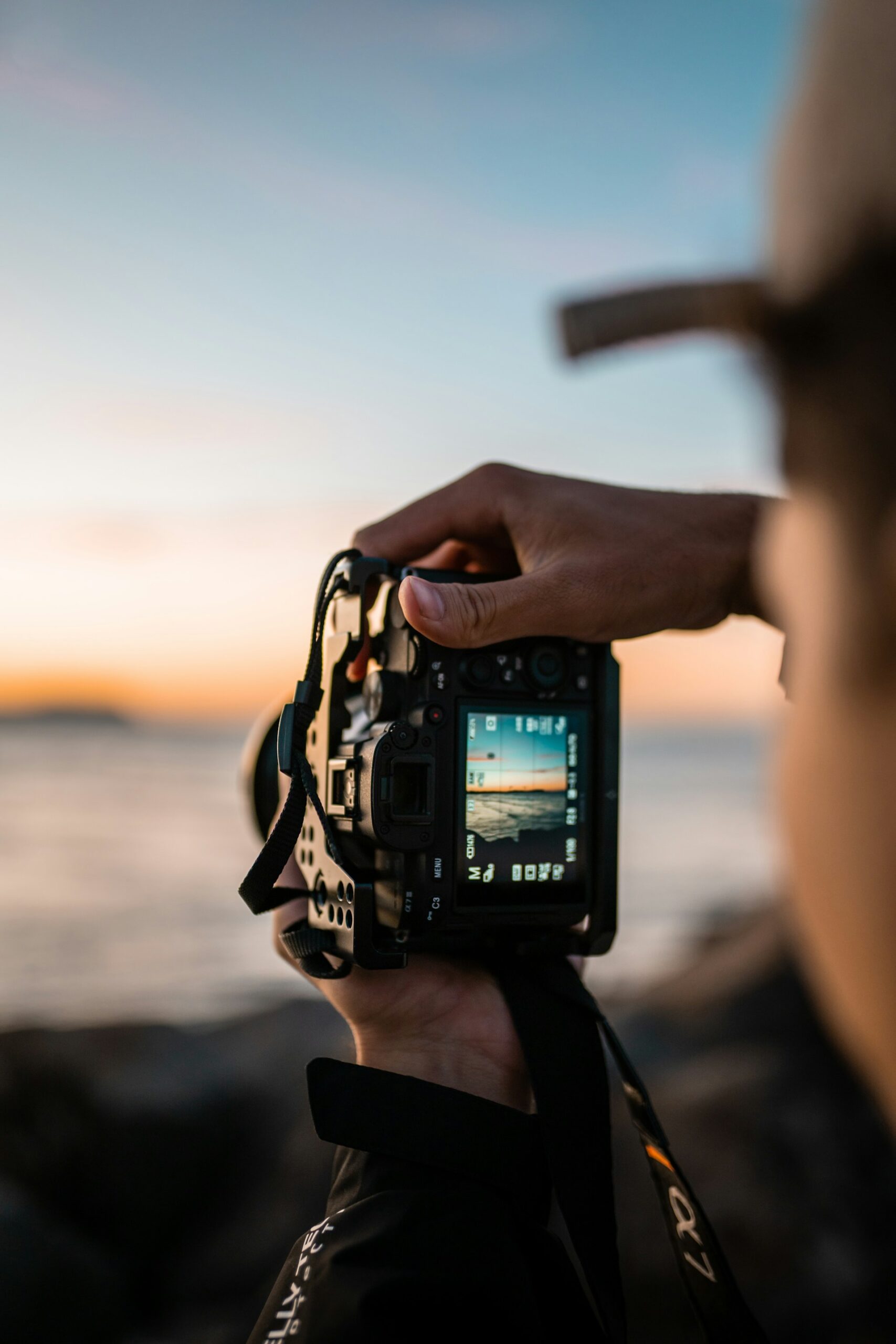
Building a Wildlife Photography Portfolio
Portfolio Development Strategy Creating a strong wildlife portfolio requires strategic planning:
Species Diversity:
- Local species mastery: Become expert with accessible wildlife
- Habitat representation: Document various ecosystems
- Behavioral range: Show feeding, resting, social, and reproductive behaviors
- Seasonal documentation: Capture species across different seasons
Technical Excellence:
- Sharp focus: Especially critical for eyes and key features
- Proper exposure: Detailed shadows and highlights
- Composition strength: Compelling arrangements and backgrounds
- Moment capture: Peak action and expressive moments
Storytelling Elements:
- Environmental context: Show animals in their habitats
- Behavioral narratives: Document complete behavioral sequences
- Conservation messages: Highlight environmental challenges and successes
- Emotional connection: Create images that inspire care and protection
Ethical wildlife photography in Canada requires balancing artistic goals with conservation responsibilities, legal compliance, and animal welfare. The most successful wildlife photographers understand that their primary role is as wildlife ambassadors, using their images to educate, inspire, and promote conservation.
Remember that every interaction with wildlife has consequences, whether positive or negative. By maintaining ethical standards, following legal requirements, and prioritizing animal welfare, photographers can contribute to wildlife conservation while creating compelling images that inspire others to care about Canada’s incredible biodiversity.
The future of wildlife photography depends on current practitioners establishing and maintaining high ethical standards. Your approach to wildlife photography not only affects the animals you photograph but also influences the broader community of photographers and the public’s perception of wildlife photography as a conservation tool.
Take time to develop your fieldcraft skills, understand the species you photograph, and always put animal welfare first. The most rewarding wildlife photography experiences come from patient observation, respectful distance, and deep appreciation for the natural behaviors you’re privileged to witness and document.
Canada’s wildlife heritage deserves photographers who serve as their protectors and advocates, not just documentarians. Embrace this responsibility, and your wildlife photography will contribute to conservation efforts while providing personally fulfilling and artistically successful images.
